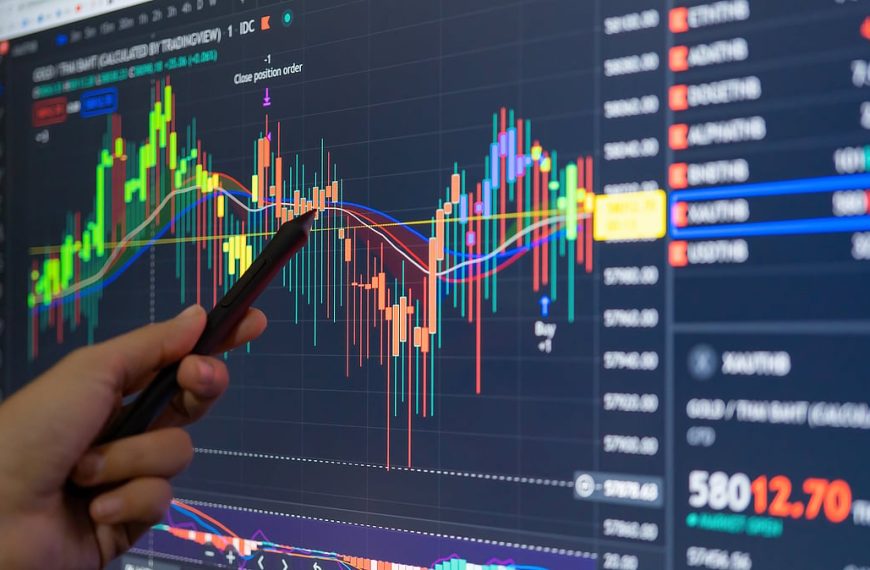The Indian stock market concluded trading on March 11 with a mostly stable performance, remaining resilient amidst global economic concerns. This stability comes as worries about a potential slowdown in the U.S. economy have intensified, following remarks from former President Donald Trump regarding possible recession scenarios linked to the ongoing implementation of U.S. tariffs. While the day began on a downward note, reflecting sluggish Asian markets, Indian indices managed to recover, ultimately finishing close to flat.
Market Performance Overview
The Nifty 50 index saw a slight uptick of 0.17%, closing at 22,499, while the Sensex dipped marginally by 0.02% to 74,102.56. The broader market exhibited mixed results, with the Nifty Midcap 100 gaining 0.67% to reach 48,762, whereas the Nifty Smallcap 100 dropped by 0.80%, settling at 15,076.
- Nifty 50: +0.17% at 22,499
- Sensex: -0.02% at 74,102.56
- Nifty Midcap 100: +0.67% at 48,762
- Nifty Smallcap 100: -0.80% at 15,076
Analysts’ Perspectives on Market Trends
Experts suggest that Indian stocks have already undergone significant corrections recently. Consequently, the effects of global market downturns may not substantially impact domestic equities, as many stocks have absorbed these uncertainties and are receiving support at lower price levels.
Despite these positive indicators, increasing recession fears have led to a notable sell-off in Indian technology stocks, which rely heavily on U.S. revenue—accounting for 50-70% of their earnings. As a result, the Nifty IT index plunged 2%, marking a seven-month low.
Future Outlook
Looking ahead, Morgan Stanley projects that Indian equities could see a resurgence by 2025, potentially outpacing other emerging markets. The firm believes that India will transform into a stock-picker’s market, moving away from macro-driven trends that have dominated since the COVID-19 pandemic. They also highlighted that valuations for large-cap stocks have become more appealing after recent declines.
In a similar vein, Jefferies noted that historically, India tends to recover from periods of underperformance within 90-180 days. They pointed out that the current valuation premium is now closer to historical averages, which bodes well for investor confidence.
IndusInd Bank’s Significant Decline
In a shocking turn, IndusInd Bank shares plummeted by 27%, marking one of the steepest intraday drops in recent memory. This decline followed revelations of accounting discrepancies related to derivatives used for hedging foreign exchange risks. The projected financial impact from these discrepancies is estimated to be around 2.35% of the bank’s net worth for the third quarter of FY25, translating to a post-tax impact between ₹1,500-1,600 crore.
- Market capitalization loss: ₹18,000 crore
- Investor losses:
- Mutual funds: ₹5,455 crore
- Retail investors: ₹2,916 crore
- LIC (5.23% stake): ₹965 crore
Sector Performance Insights
As fears of a U.S. economic downturn persist, the tech sector continued to face significant challenges, with the Nifty IT index emerging as the day’s worst performer. Conversely, the realty sector showed resilience, with the Nifty Realty index rising by 2.36%, proving to be a bright spot in an otherwise subdued market. Other sectors, including Nifty Oil & Gas and Nifty Pharma, also posted gains.
Expert Commentary
Vinod Nair, Head of Research at Geojit Financial Services, commented on the market’s recent performance, stating that despite negative trends in U.S. and Asian markets, the Indian market is gradually stabilizing. This relative calm can be attributed to recent corrections in valuations and supportive factors like falling crude oil prices and a weakening Dollar Index. He emphasized that upcoming retail inflation data will be crucial for gauging potential interest rate cuts.
Technical Outlook
Rupak De, Senior Technical Analyst at LKP Securities, shared insights on market trends, noting that the Nifty opened lower due to weak global cues but maintained a positive sentiment throughout the day. The outlook remains cautiously optimistic in the short term, with potential targets set between 22,660 and 23,000 for the index, provided it holds support at 22,400.
As the market navigates these turbulent waters, investors remain hopeful for recovery while keeping a close eye on global economic indicators and domestic performance.











